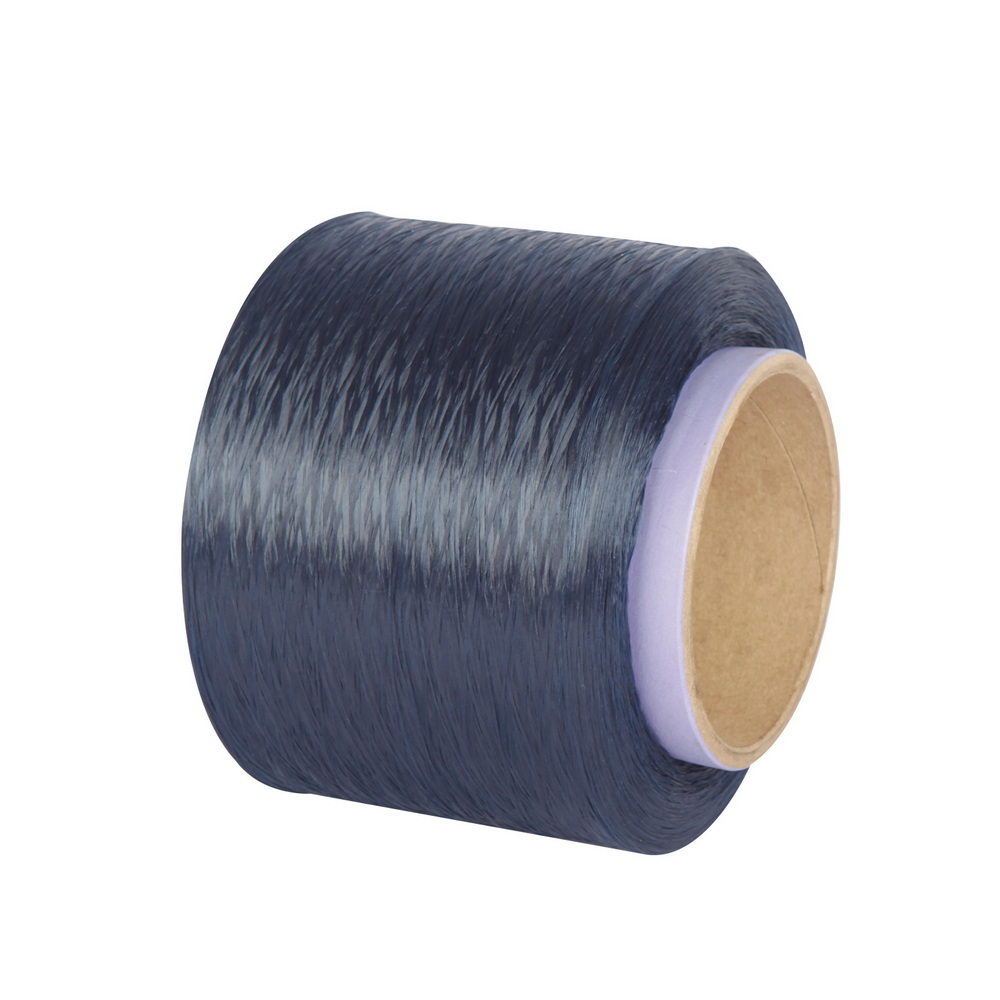Melting Point: Approximately 160-170°C, higher than polyethylene (PE, approximately 110-130°C). This allows for superior heat resistance and allows for short-term use at temperatures around 100°C (e.g., withstanding boiling water).
Mechanical Properties: It exhibits good hardness, impact resistance, and fatigue resistance, and has a low density (approximately 0.90-0.91 g/cm³), making it a lightweight plastic.
Chemical Stability: Resistant to most acids and bases (such as dilute hydrochloric acid and sodium hydroxide solutions) and organic solvents, but susceptible to corrosion by strong oxidizing substances (such as concentrated nitric acid).
Due to its heat resistance, lightweight, and easy processing, PP is widely used in:
Daily Use: Food packaging, disposable lunch boxes, water cups, and food storage containers (look for the "Food Contact Grade" label).
Industrial/Building Materials: Automotive parts (such as bumpers and interior trim), pipes (PPR pipes, used for home water supply), and non-woven fabrics (mask linings and wet wipe substrates). Others: toys, plastic turnover boxes, battery casings, etc.

View More(Total0)Comment Lists